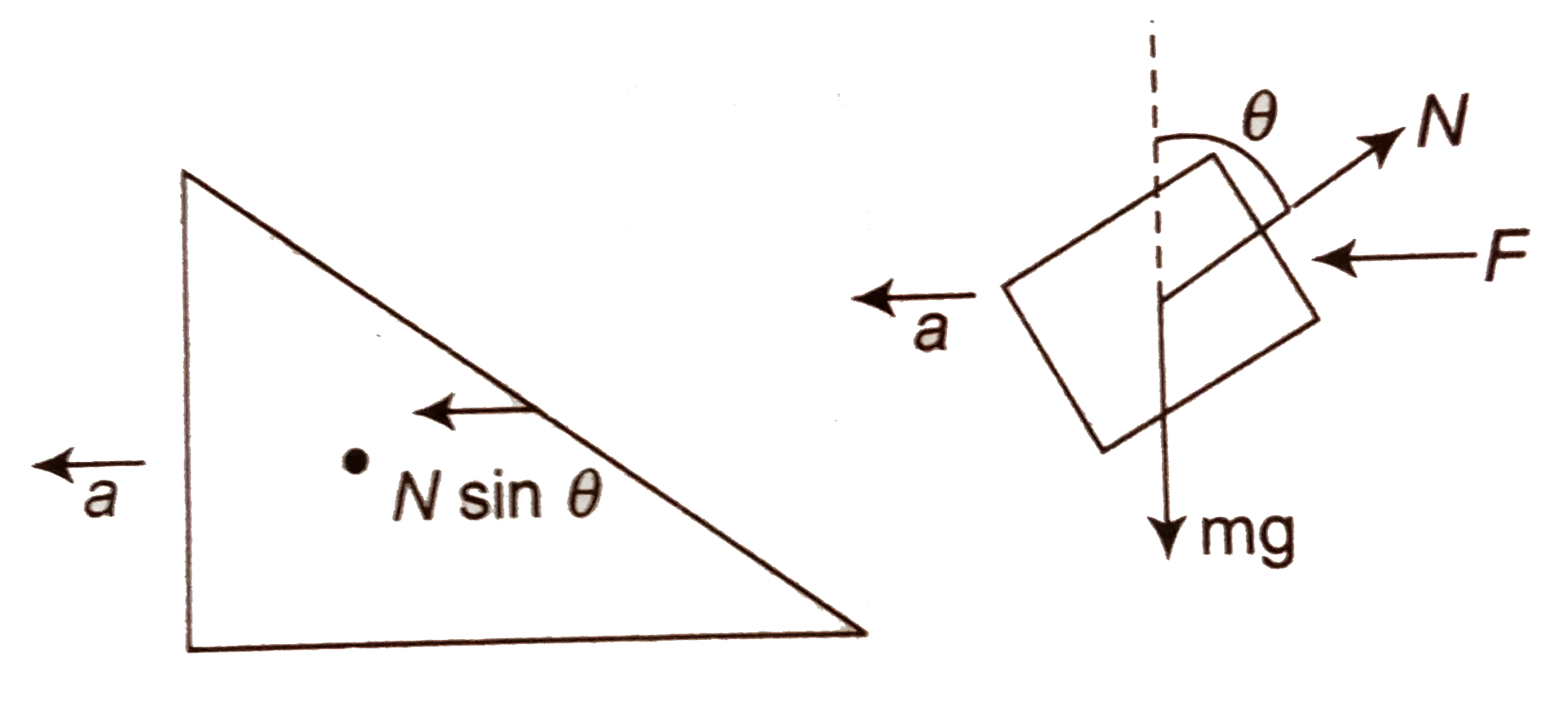A
B
C
D
Text Solution
Verified by Experts
The correct Answer is:
|
Topper's Solved these Questions
NEWTONS LAWS OF MOTION
A2Z|Exercise Assertion Reasoning|14 VideosView PlaylistNEWTONS LAWS OF MOTION
A2Z|Exercise NEET Questions|38 VideosView PlaylistNEWTONS LAWS OF MOTION
A2Z|Exercise Dynamics Of Circular Motion|31 VideosView PlaylistMOTION IN TWO DIMENSION
A2Z|Exercise Chapter Test|29 VideosView PlaylistOSCILLATION AND SIMPLE HARMONIC MOTION
A2Z|Exercise Chapter Test|29 VideosView Playlist
Similar Questions
Explore conceptually related problems
Knowledge Check
Similar Questions
Explore conceptually related problems
A2Z-NEWTONS LAWS OF MOTION-Problems Based On Mixed Concepts
- In the figure if block A and wedge b will move with same acceleration,...
02:26
|
Play - A car is moving on a plane inclined at 30^(@) to the horizontal with a...
07:21
|
Play - A solid sphere of mass 2 kg is resting inside a cube as shown in fig. ...
03:23
|
Play - A lift of total mass M is raised by cable from rest through a height h...
11:48
|
Play - A block of mass m lies on wedge of mass M , which lies on fixed horizo...
08:56
|
Playing Now - The ratio of tensions in the string connected to the block of mass m(2...
04:30
|
Play - Two unequal masses are connected on two sides of a light and smooth pu...
05:04
|
Play - A hockey player is moving northward and suddenly turns westward with t...
03:51
|
Play - Block A of mass 2kg is placed over a block B of mass 8kg . The combina...
03:35
|
Play - In the masses of A and B are 10 kg and 5 kg . Calculate the minimum ma...
02:51
|
Play - A 40kg slab rests on a frictionless floor as shown in the figure. A 10...
06:50
|
Play - In the arrangement shown in the figure mass of the block B and A are 2...
05:34
|
Play - A flat car is given an acceleration a(0)=2m//s^(2) starting from rest....
03:34
|
Play - In the arrangement shown in figure, mA = mB = 2kg. String is massless ...
06:35
|
Play - The coefficient of friction between the block and the horizontal surfa...
07:08
|
Play - Two blocks A and B of masses m=10kg and M=20kg respectively are planed...
09:27
|
Play - In the pulley arrangement shown in Fig the pulley p(2) is movable .Ass...
02:55
|
Play - A block placed on a horizontal surface is being pushed by a force F ma...
06:26
|
Play - A system is pushed by a force F as shown in figure All surfaces are sm...
04:14
|
Play - Assertion: A rocket works on the principle of conservation of linear m...
02:08
|
Play

